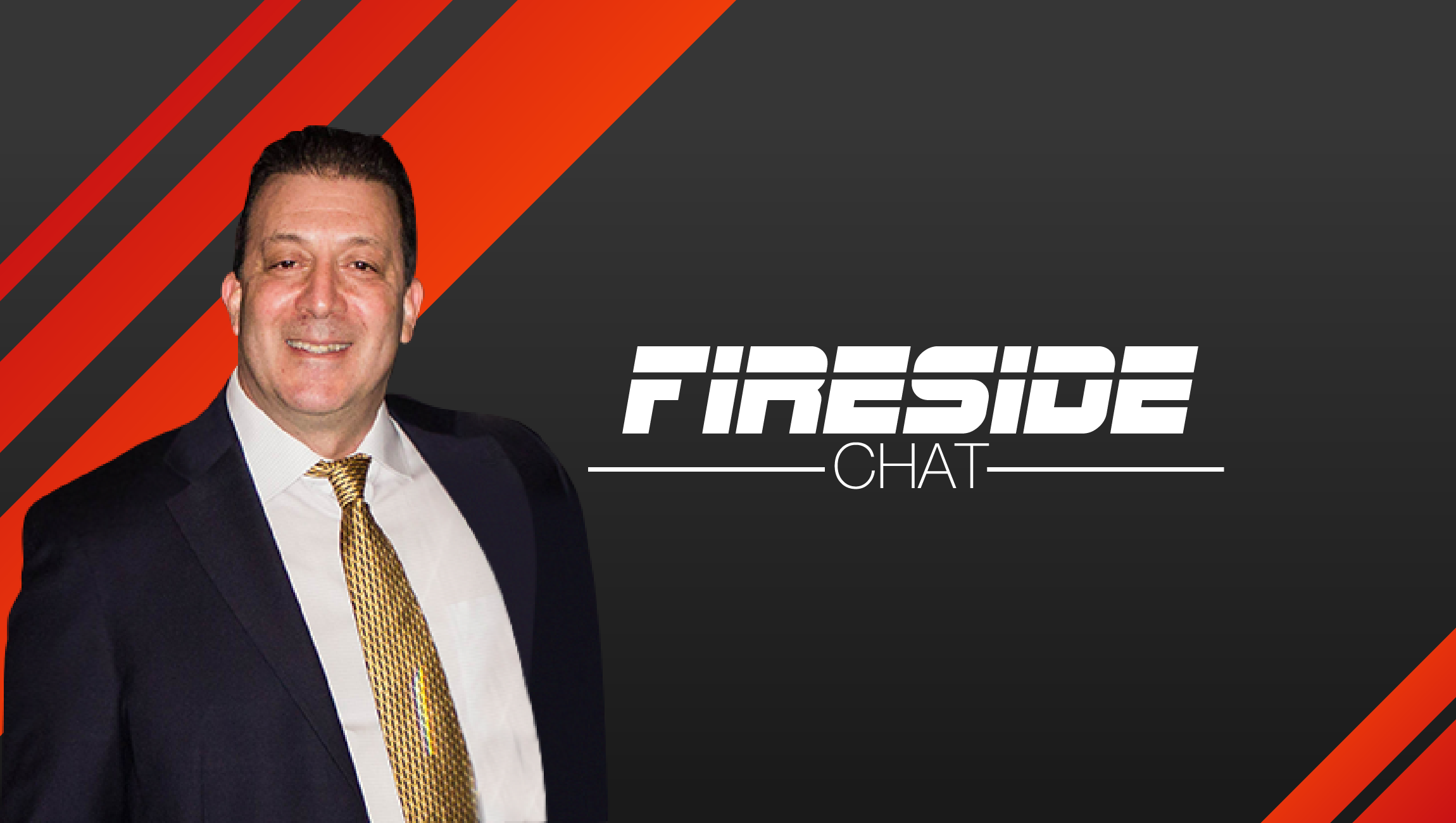Jeff Pedowitz talks about his journey in setting up The Pedowitz Group.
My Journey, My Company: How I Conceived Of The Pedowitz Group (TPG)
As President and CEO, I am responsible for setting the company’s vision and strategic direction along with managing all daily operations. This is my third business. I started in the restaurant business, owning and operating 35 Subway Sandwich franchises. This provided a foundation for operations, controls, and measurements. I also owned a sales training company, which gave me important insights into what sales needs from marketing to be successful.
After working for several software companies managing marketing, professional services, and channels, I discovered Eloqua in the early 2000s and saw the potential.
For the first time, I truly felt a professional calling as it combined my passion for sales, marketing, technology and consulting. I loved the product and the opportunity so much that I joined Eloqua and ran their professional services group. After working with an amazing team and developing many best practices that are today widely adopted, I realized that there was an opportunity to build a company.
My Team, My Champions
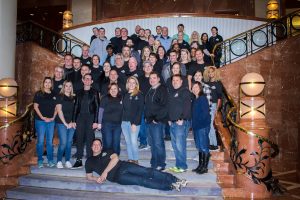
A few years ago we realized we were having the same challenges as our clients were – marketing had grown complex, there were too many things to do and not enough resources. As a fixed cost, we couldn’t justify adding to the investment as we were already spending a higher amount. So we moved our marketing department into our consulting team and became our own client. Today we have 15 people that regularly work on marketing projects and are led by our VP of Strategy and CMO, Kevin Joyce.
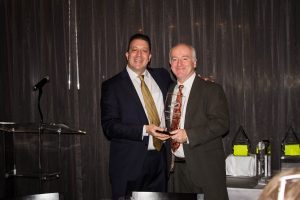
This allows us to use every skill-set we need to drive our marketing programs with no incremental headcount. Our entire team is customer-focused and is driven by creating results and value for our customers.
MarTech Skills: I have a very tech-savvy and adaptive marketing, sales, and branding team
On a scale of 1 to 10 – 10. Our team is highly skilled. We have over 60 sales and marketing technology partners.
Our average employee has at least 5 different platform certifications. But ultimately, it doesn’t matter how skilled we are in technology if there isn’t a sound strategy in place. We need to execute and we need to perform.
Marketing needs to be adaptive and agile. Too many marketers make the mistake of focusing on technology as a panacea and don’t focus on the things that really matter – the customer, the needs, the message, the content.

I think young sales professionals are already tech-savvy. They should spend their time learning the business and soft skills – communication, management, and finance.
Learn about the industries their customers are in.
Learn about their customers.
Learn how to really listen.
Learn how to be a problem solver.
Learn how to consult.
And, after all these… the technology is the easiest part.
Marketing technologies are pushing the boundaries of present-day brand engagement and customer experience.
The dynamic of our B2B customer engagement model helps us execute Engagement Economy vision, Strategy, Product and Corporate development at The Pedowitz Group
Certainly, a technology creates more opportunities and challenges, but how we engage with customers is by using the same methodology we implement with our customers – TPG ONE™. TPG ONE is a Customer Lifecycle Map that details out every step of the customer journey, the actions we need to take, who is responsible, the KPIs we use, the content and the message. We also leverage a Clients for Life approach. As much as our customers are interviewing us, we are also interviewing them to ensure we are all in alignment with the expectations and outcomes. We do this before we even start.
By using both approaches, we stay customer-focused and this drives everything we do, from strategy to new solution development to sales.
Tools and strategies we use to create effective B2B content at The Pedowitz Group
From a strategic content development standpoint, we use our TPG ONE™ methodology to develop the right message and the right content delivered in a targeted fashion at the right time through the right channel. We use several different technologies to help us to curate, manage and deliver content including WordPress, Kapost, and Grapevine6.
We leverage Jive and KANBAN boards to manage our work queues and will soon be implementing UberFlip to augment the user experience.
We place special emphasis on measuring the performance of all our marketing analytics and sales reporting.
All of our performance can be evaluated in real-time. Our systems and data all feed into Salesforce.com. We meet weekly with the sales and marketing team to evaluate performance and adjust as needed.
Marketing Strategies and Our Content Roadmap
We create diverse types of content for the web and the social, focussing on a day, the week, a month, and the quarter.
We have had a Passionate Publishers program in place for several years that encourages and rewards employees for submitting relevant content on a regular basis. We get regular contributions from over half our company. The team is prolific in content creation.
We produce blog entries several times per week. In a given month, we produce several videos, podcasts, training snapshots, ebooks, white papers and more. Of all our content, themes around Marketing Operations and Revenue Marketing™, a term coined by TPG Chief Strategy Officer Debbie Qaqish in 2011, continue to perform at the highest levels. This year, based on recent market/customer research, TPG content will focus on these three themes: Accountability, Digital Transformation, and Customer Experience.
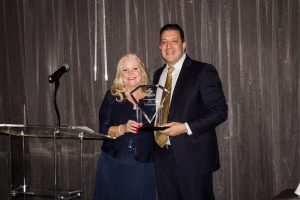
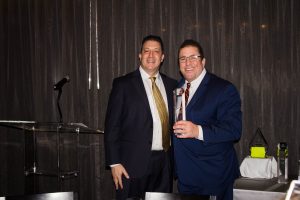
My tactical standpoint on how often should you revisit your automation stack for more effectiveness!
We are big believers in less is more. We try to utilize as much of our current technology as possible and are always trying to rationalize reducing technology vs adding it. Because of the explosion of MarTech tools today, there must be a very strong and compelling business case for us to add something new to our stack. We review our technology on a quarterly basis.
Unification of Sales and Marketing: Nope, Not happening Anytime soon!
Actually no, I don’t see either of these scenarios happening. Sales technology vendors still predominantly sell to sales and marketing technology vendors still predominantly sell to marketing. Until sales and marketing departments actually align and have shared business objectives, goals, and processes, no vendor or technology is going to magically bridge the gap. Marketers should be working actively to align their goals and measurements with sales and vice versa.
My Mentor, My Message to the Martech Industry
I draw inspiration from many places, but one of my favorite stories I like to share is from my time at Eloqua.
It was in my first few months and I had prepared a very sophisticated spreadsheet that had over 50 metrics on it for a marketing executive. I was really proud of it and went to share it with the CFO at the time, Ralf Riekers. He just shook his head and said “Jeff, I don’t need all these metrics to measure how well marketing is performing.
I just need one – Return on Marketing Investment (ROMI). I look at how much money we invested in marketing last year and how much revenue we got in return. If the ratio went up from the year before, I am more inclined to approve a budget increase. If it stayed the same or went down, then the budget needs to be reduced until Marketing proves it can generate a return.”
This was 2005. That stays with me every day.
It’s not how much we do or how much we measure. It’s WHAT we do and WHY. Less is more. Quality over quantity. In other words, stop the insanity. Just because we can build more software and create another category, doesn’t mean we should. If we can’t even drive ubiquitous adoption of core marketing platforms, why are we creating more technology for every conceivable category? Let’s help marketing succeed by giving them ONE suite of tools that can be tailored to enable marketers to perform their jobs optimally and ultimately drive sales revenue.
Thank You, Jeff, for answering all our questions. We hope to see you again at MTS, soon.





